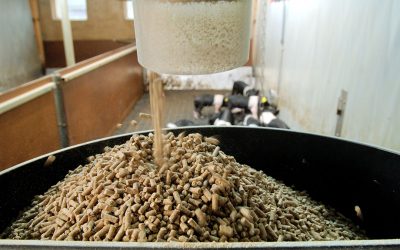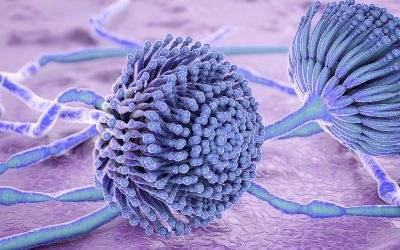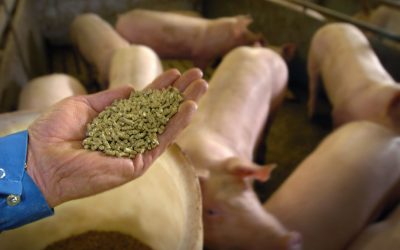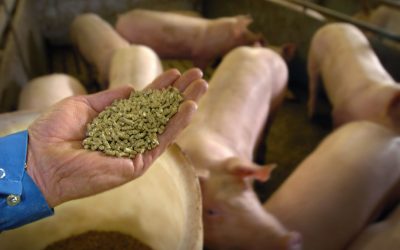Less toxic cottonseed: Potential for non-ruminants
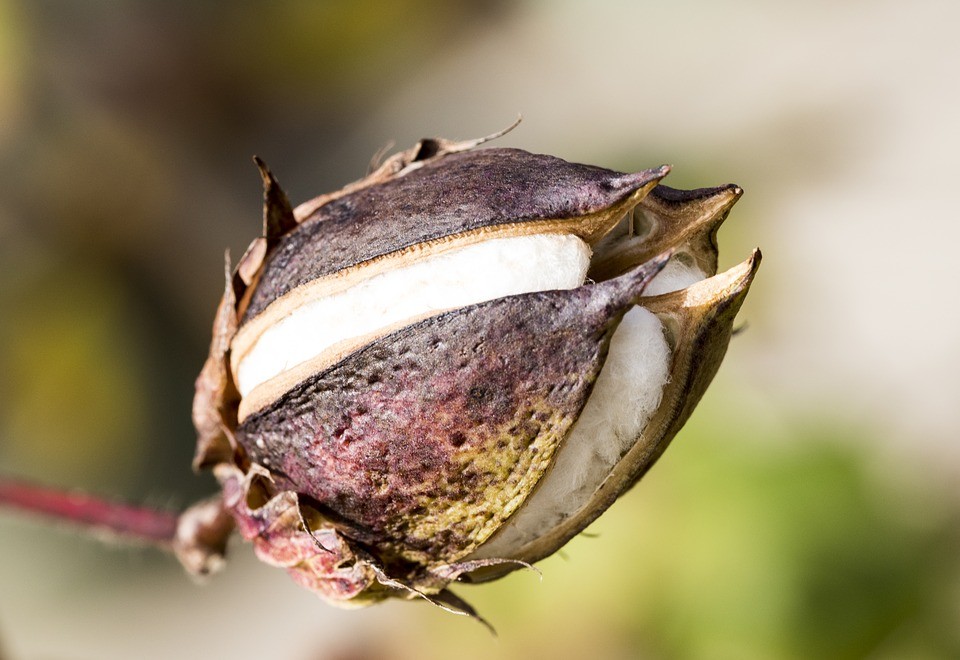
Cottonseed can be used for ruminant diets, but non-ruminants are too sensitive for the toxic substance gossypol, a nasty by-product of the cotton plant. Luckily, US researchers have developed a gossypol-free variety of cottonseed.
This is stated in the review from Dr Rathore et al, published on Feedipedia.org.
Cotton production is one of the largest production crops around the world. The plant is used for fibre for the textile industry, but the ‘by-product’ is the cottonseed. For every 1 kg of cotton fibre, the plant produces around 1.65 kg of seed. Cottonseed consists of 21% oil and relatively high-quality protein (23%). But the cotton plant also has another – less wanted – by-product: gossypol. This is a secondary metabolite and serves as a defence compound for the plant due do its bitter taste.
Gossypol toxicity
Cottonseeds are often used as a feed ingredient, due to its favourable protein content, but what about the gossypol content? Monogastric animals, such as pigs, birds, fish, and rodents, are more susceptible to gossypol toxicity than ruminants. Adult ruminant animals are able to tolerate a limited amount of gossypol in their diets because gossypol is bound during ruminal fermentation and becomes unavailable for intestinal absorption. Therefore, cottonseed is currently used mainly as feed for ruminant animals as either whole seed or cottonseed meal after oil extraction (gossypol is chemically and physically removed from the oil and refined oil has an important role in human nutrition). However, even adult cattle can suffer from gossypol toxicity above a certain amount of cottonseed intake. Young animals, without fully developed rumen, are more sensitive to gossypol compared to the adult ruminants.
Elimination of gossypol
The cottonseed has potential to use in many other livestock species (other than ruminants). If gossypol could be eliminated from the cottonseed, then cotton-producing countries with limited supply of feed protein can derive greater benefits by utilising the seed-derived protein as a feed for poultry, swine or aquaculture species. The elimination from the cottonseed has been a long-standing goal of geneticists and cottonseed processors. The “glandless mutant cotton” cultivated by Native Americans in the Hopi region of Arizona and discovered by breeders in the 1950s was free of glands and, therefore, gossypol-free. This sounds great, but unfortunately, these glandless cotton varieties suffered more severe pest damage from traditional and also non-traditional cotton pests and had lower yields under field conditions.
Use of biotechnology tools
In the 90s, biotechnology tools were able to identify the first gene that encodes an important enzyme involved at a critical step in gossypol biosynthetic pathway of the gossypol. In addition, another important component, a DNA sequence that can be used to control seed-specific expression or silencing of a given gene was also isolated from cotton and characterised. In the late 90s, the biological community came to understand a natural biological phenomenon known as RNA interference (RNAi) that can also be used to silence a desired gene in an eukaryotic organism. A team at Texas A&M University used a combination of these three tools and technologies to engineer a cotton plant that resulted in the reduction of gossypol from ~10,000 ppm to about 250 ppm in the seed (the United Nations Food and Agriculture Organization and World Health Organization guidelines permit up to 600 ppm free gossypol in edible cottonseed products).
Field test for Ultra-low Gossypol Cottonseed
The Ultra-low Gossypol Cottonseed (ULGCS), developed by the US researchers has been further tested in the field as feed ingredient for non-ruminants. Especially, egg and broiler production could become the most efficient use of any available feed protein source, including the ULGCS. For example, a country like India, the biggest cotton producer is also experiencing increasing consumption of eggs and poultry. But also for fish diets, the use application of ULGCS shows promise as fishmeal replacement. This has been recently demonstrated in the diets of shrimp and juvenile Southern flounder by Richardson et al., 2016 and Alam et al., unpublished. Texas A&M University is planning additional aquaculture and poultry feeding studies to fully evaluate the nutritional value of ULGCS.
Source: Feedipedia.org




